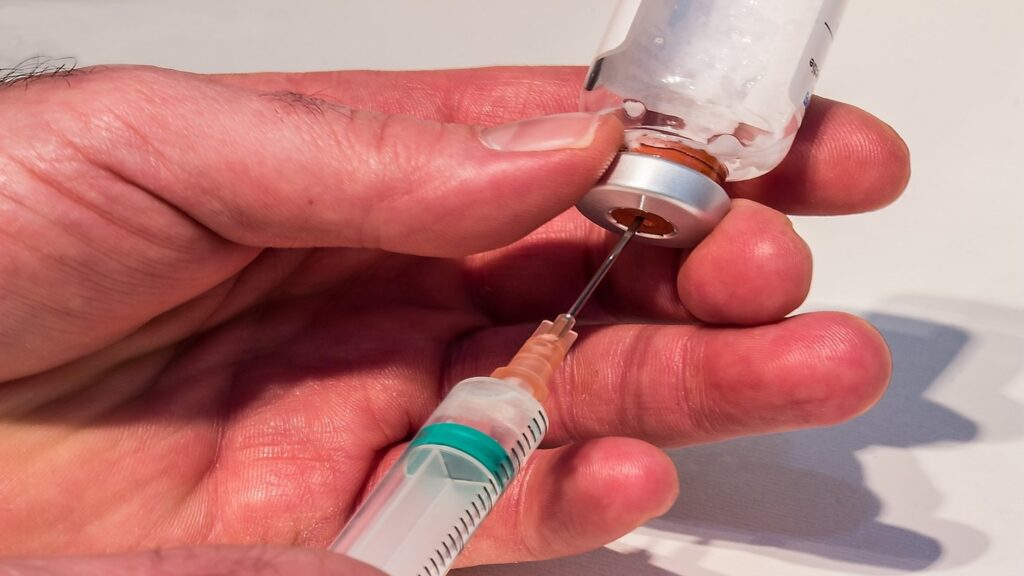AstraZeneca has announced an ambitious target to deliver total revenue of $80bn by 2030, an increase from $45.8bn in 2023.

The company aims to launch approximately 20 new medicines by the end of 2030. Credit: Myriams-Fotos/Pixabay.
Subscribe to our email newsletter
The company said it aims to achieve this target by registering growth in its current portfolio in biopharmaceuticals, oncology, and rare diseases.
The effort also includes the launch of approximately 20 new medicines, all before the end of 2030.
AstraZeneca plans to continue investing in new technologies as well as platforms that are poised to transform the future of medicine, to ensure sustained growth beyond 2030.
In addition, the company has committed to maintaining its focus on research and development (R&D) while enhancing productivity across the organisation.
This strategy is designed to achieve a mid-30s percentage core operating margin by 2026.
AstraZeneca’s growth strategy extends beyond financial targets, with a strong emphasis on environmental sustainability.
The company emphasised that it has already achieved a 68% reduction in greenhouse gas emissions (Scopes 1 and 2) from its 2015 baseline, with an 85% increase registered in terms of total revenue during the same period.
AstraZeneca now intends to reach carbon zero for Scope 1 and 2 emissions by 2026, while it plans to halve its Scope 3 emissions by 2030.
The company’s ultimate goal is to reach science-based net zero by 2045.
AstraZeneca CEO Pascal Soriot said: “Today AstraZeneca announces a new era of growth. In 2023 we delivered the ambitious $45bn revenue goal set a decade ago. With the exciting growth of our innovative pipeline, which has the potential to transform millions of lives, we are now aiming for $80bn by 2030.
“We are planning to launch 20 new medicines by 2030, many with the potential to generate more than $5bn in peak year revenues. The breadth of our portfolio together with continued investment in innovation supports sustained growth well past the end of the decade.”
The company specialises in the discovery, development, and commercialisation of prescription medicines across various therapeutic areas. Its treatments are available in over 125 countries.
 Advertise With UsAdvertise on our extensive network of industry websites and newsletters.
Advertise With UsAdvertise on our extensive network of industry websites and newsletters.
 Get the PBR newsletterSign up to our free email to get all the latest PBR
news.
Get the PBR newsletterSign up to our free email to get all the latest PBR
news.

